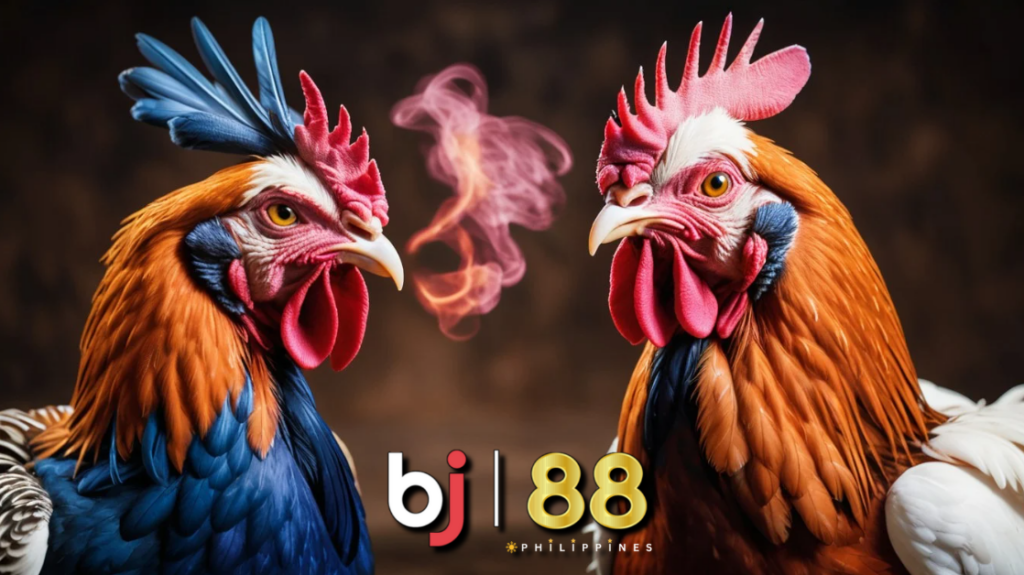Embark on a journey through time as we unravel the rich tapestry of sabong’s history, tracing its origins from ancient rituals to its evolution into a beloved pastime in the Philippines. Join us as we explore the cultural significance, traditions, and transformations that have shaped this age-old sport into the vibrant spectacle it is today.

Sabong, the Filipino term for cockfighting, holds a special place in the hearts and minds of people across the Philippines. More than just a sport, sabong is a cultural institution with roots that run deep into the country’s history and traditions. From its humble beginnings as a ritualistic practice to its modern-day incarnation as a popular pastime, the story of sabong is a testament to the resilience and adaptability of Filipino culture.
The Ancient Origins
The history of sabong can be traced back thousands of years to ancient rituals and ceremonies practiced by indigenous peoples in the Philippines. Cockfighting was often associated with religious rites and fertility rituals, symbolizing the cycle of life, death, and rebirth. Birds were revered as messengers of the gods, and cockfights were believed to bring good fortune and prosperity to the community.
The Spanish Influence
The arrival of Spanish colonizers in the Philippines in the 16th century brought significant changes to the practice of cockfighting. What was once a sacred ritual became a popular form of entertainment among both Spanish colonizers and indigenous Filipinos. Cockpits, known as “sabungan,” began to spring up across the islands, hosting matches that drew crowds of spectators from far and wide.
The Evolution into a Modern Pastime
Over the centuries, sabong evolved from a ritualistic practice into a fully-fledged sport with its own set of rules, regulations, and traditions. Cockfighting became ingrained in Philippine culture, with generations of enthusiasts passing down their knowledge and expertise from one to another. Today, sabong remains a beloved pastime, with millions of Filipinos participating in matches and tournaments across the country.
The Cultural Significance
Sabong holds a unique place in Filipino culture, reflecting the country’s rich history, traditions, and values. It is more than just a sport – it is a social activity that brings communities together, fostering camaraderie and friendship among participants and spectators alike. Cockfighting is celebrated in festivals and fiestas across the Philippines, where it serves as a symbol of Filipino identity and resilience.
Conclusion
As we reflect on sabong’s rich history, from its ancient origins to its modern incarnation as a beloved pastime, one thing becomes clear – it is more than just a sport; it is a testament to the enduring spirit of the Filipino people. Through centuries of change and adaptation, sabong has remained a constant presence in the cultural landscape of the Philippines, uniting people from all walks of life in a shared passion for the sport. So, the next time you witness a cockfighting match or participate in a sabong tournament, take a moment to appreciate the traditions and heritage that have shaped this age-old pastime into the vibrant spectacle it is today.
